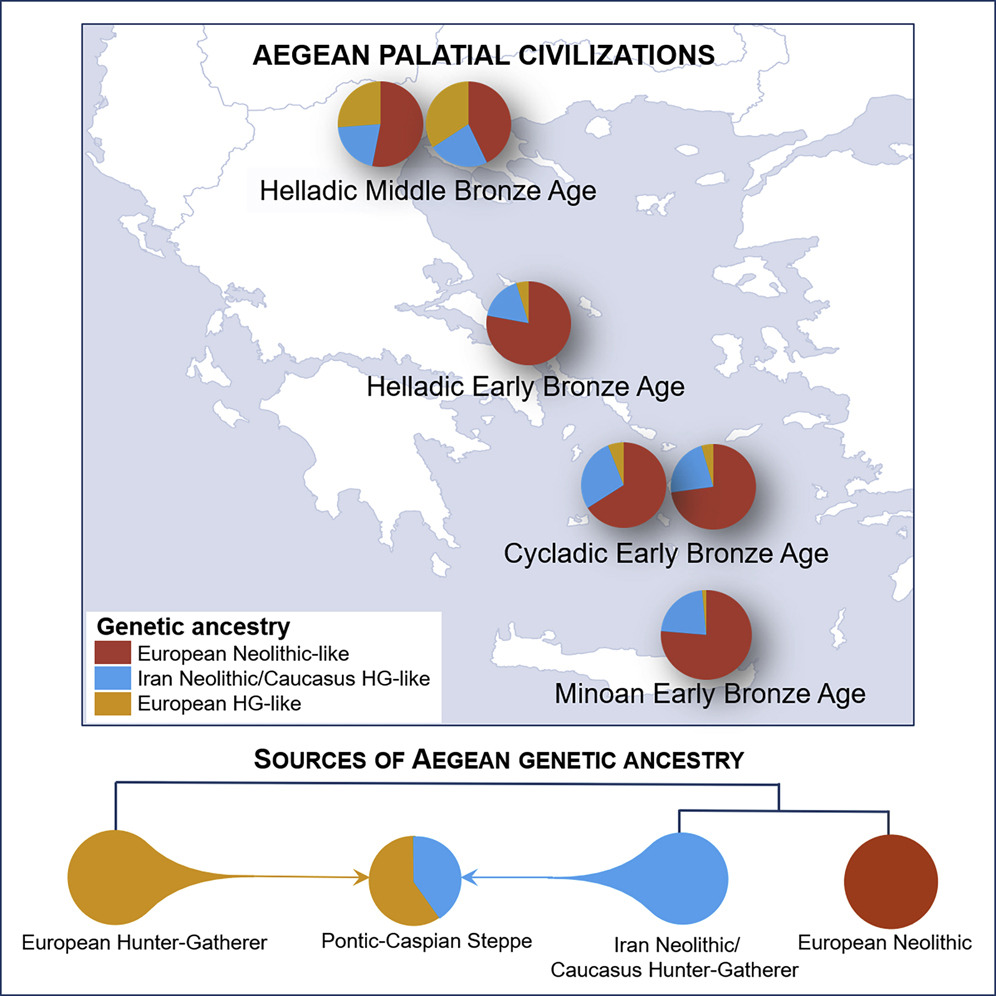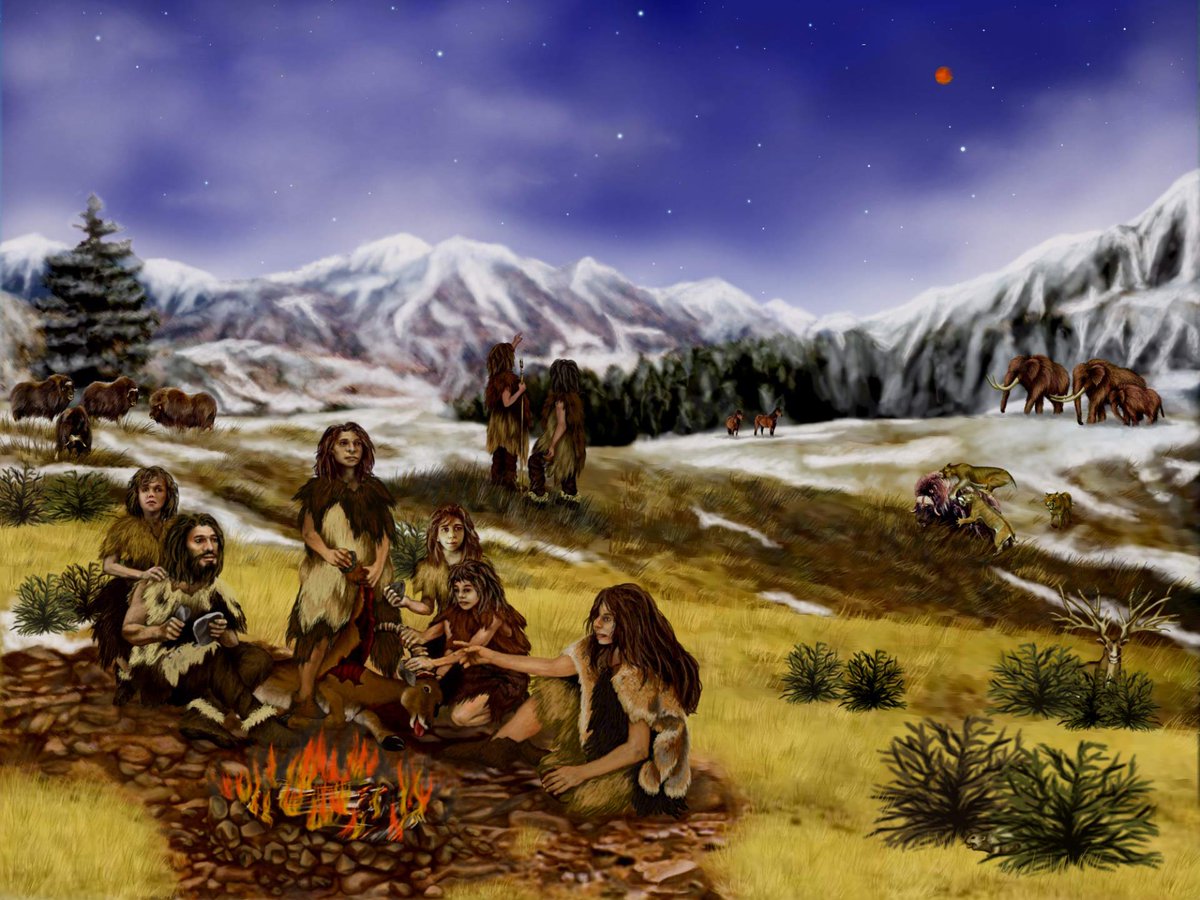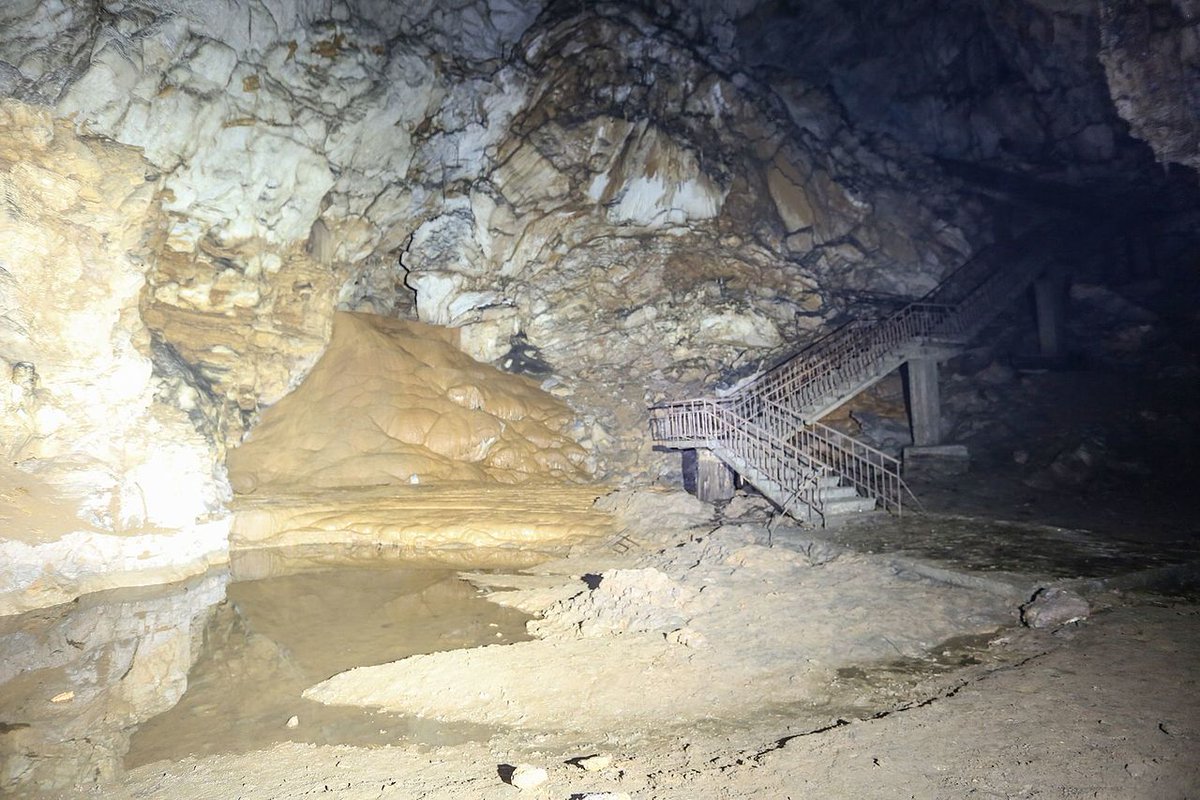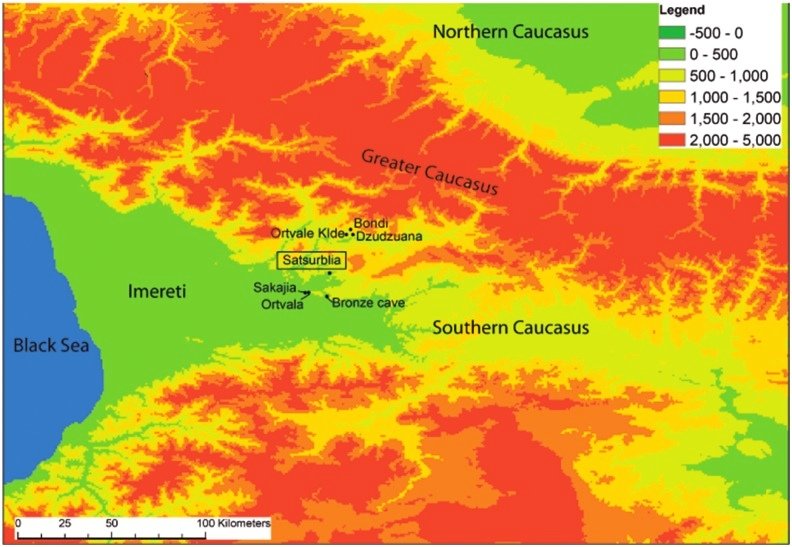1/ In 1903, during his excavations at Knossos, and specifically in a palatial area to the south of the Throne Room, Arthur Evans brought to light two elaborate Minoan figurines of a clearly ceremonial nature. He named the site of the figurines' discovery "Temple Repositories". 



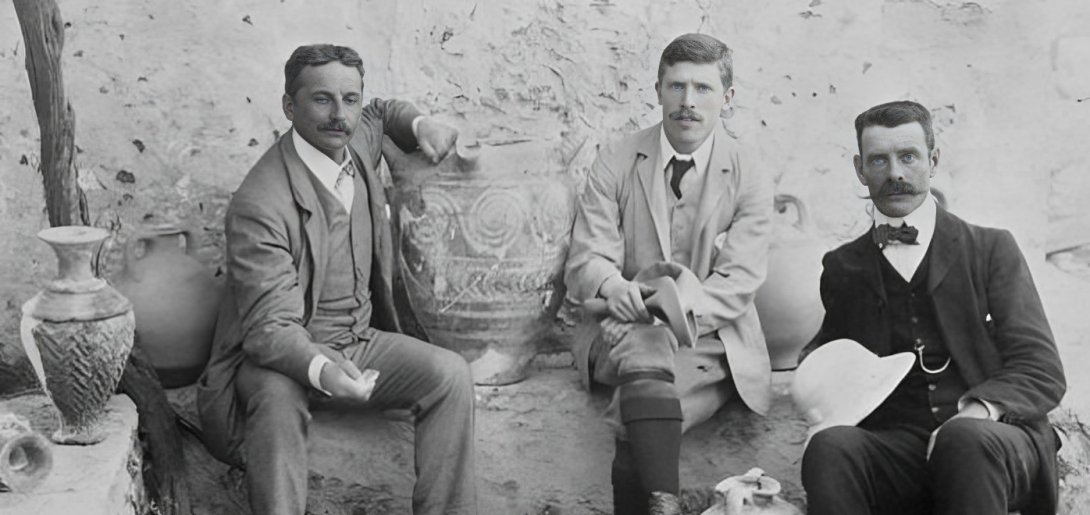
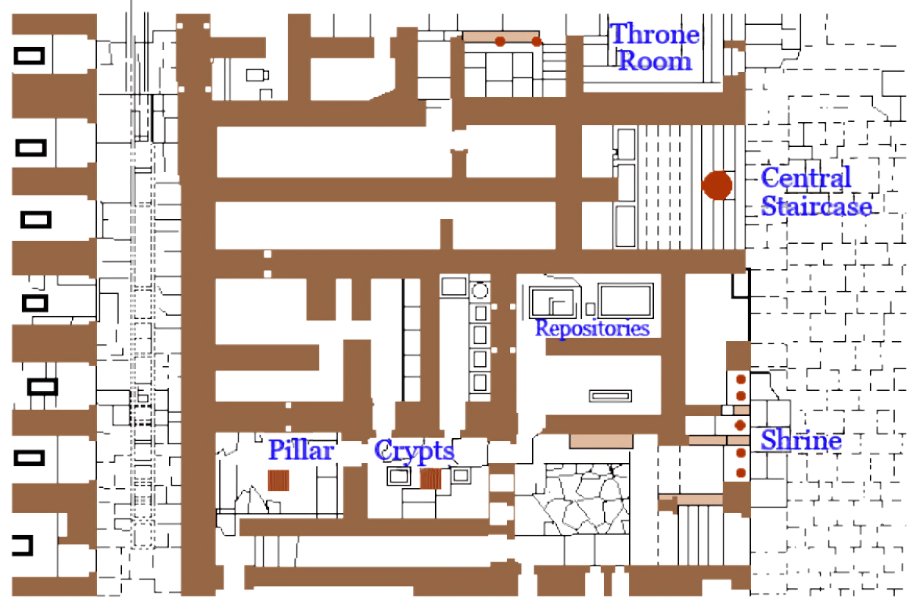


2/ Evans believed that he had discovered a Minoan palatial sanctuary with the two figurines, being made of faience, the larger of which represented a "Snake Goddess" and the smaller a priestess (he called her "Snake Priestess"), considering them to be votive objects. 

3/ However, the discovered figurines were found to be largely incomplete. From the "Snake Goddess" lacked the body below the waist, one arm and part of the crown, while from the "Snake Priestess" lacked the head and the proper left arm was missing below the elbow. 👉 

👉Various figurine fragments were found in at least two adjacent deposits, together with scraps of gold, fragments of worked ivory and rock crystal, bronze and stone implements, numerous bones and shells, clay impressions of sealstones,and fragments of faience inlays and plaques. 

4/ Thus Evans, following his tactic, decided to reconstruct the figurines as he believed they were in their original form. With the assistance of artists (!) he proceeded to an imaginative reconstruction of them using the various fragments found in the "Temple Repositories". 

5/ Evans's aspiration was to establish the existence of a great chthonic goddess, associated with the cult of snakes that played a central role in Minoan religion. The modern research has shown that the reconstruction of the two figurines distorted their original form. 

6/ For example, in "Snake Priestess", together with a Danish artist, Evans added the missing head and completely reconstructed the face along with the headdress. Also, he added to the diadem he believed the priestess was wearing a tiny feline, coming from one of the depositories. 

7/ Despite Evans' amateurish actions, the prominence of the reconstructed figurines in combination with his narrative about Minoan snake worship found particular resonance in the global public opinion of the time, resulting in museums desiring to possess such popular objects. 

8/ This led to the creation of fake Minoan objects, such as the ivory snake goddesses of Boston and Baltimore. Similarities between the fake figurines and the figurines that Evans discovered led him to support their authenticity despite strong opposing views. 

9/ Here it would be necessary to emphasize that ivory figurines are rare in Minoan Crete and mainly concern various poorly preserved parts of these objects, as they were joined together with perishable materials in order to constitute the final form of a figurine. Fragments of 👉 

👉ivory figurines have been found at Knossos (male acrobat), at Palaikastro (ivory boys) and at Archanes. The famous Kouros, a 50 cm tall figurine of a young deity made from hippopotamus tusks,was found at Palaikastro. Evidence indicates the existence of a Neopalatial tradition👉 

👉of working ivory and creating elaborate figurines over 40 cm tall. Parts of such figurines representing hands and feet of human figures have been found, where particular importance is given to the depiction of the muscles and veins, a fact that conceals specialized techniques. 

10/Returning to the topic of fake figurines, we note that they all have a common pattern of appearance: an imprecise archaeological locations of discovery, an indefinite history of acquisition, a similarity to genuine Minoan artifacts,but also substantial differences with them,👉 

👉and most importantly,all of them appeared after the prominence of Evans' discoveries at Knossos. It is widely believed that fake Minoan artifacts were manufactured by Evans' associates based on genuine prototypes and promoted to museums through antiquities trafficking networks. 

11/For example, the gold and ivory snake goddess acquired by the Museum of Fine Arts in Boston in 1914. The figurine arrived in the US in many fragments in a small tin, and was restored using wax and plaster because the right arm and part of the skirt were missing. The restored👉 

👉figurine bears great similarities to the corresponding figurines discovered by Evans at Knossos,but in some places non-Minoan making techniques were used and the face bears modern features. The radiocarbon dating of the ivory gave a chronological range between 1420 and 1635 AD. 

12/ Other fake artefacts appear to have been the Baltimore snake goddess, the Seattle Boy God and the Ashmolean Boy God, and the steatite goddess in the Walters, Baltimore. Some of these are labeled by the museums where they are exhibited as dubious dating. 

13/ In conclusion, Evans, with his excavations at Knossos, brought to light a brilliant Aegean prehistoric civilization that had been lost for centuries. But his narrative about the Minoan Cretans and his reconstructions of monuments and artifacts to support this was a disaster. 

• • •
Missing some Tweet in this thread? You can try to
force a refresh


